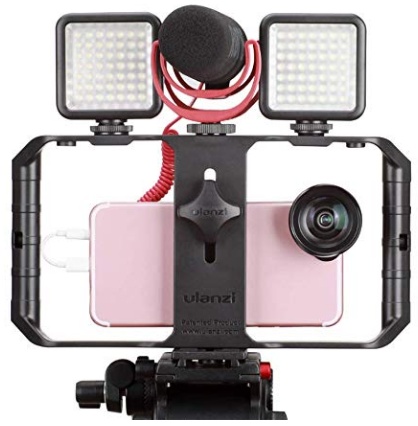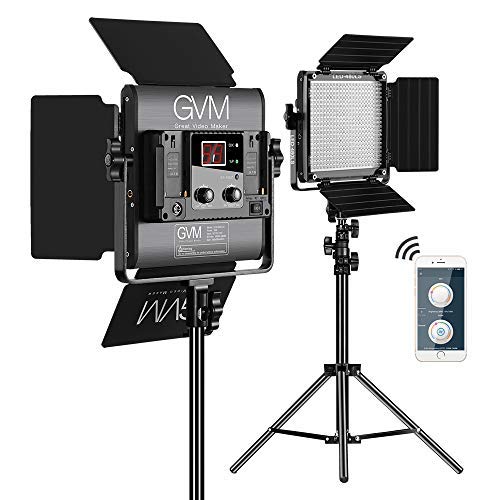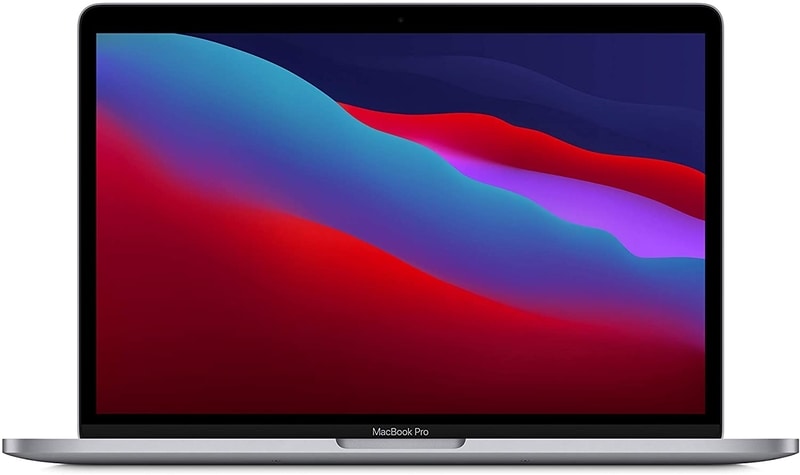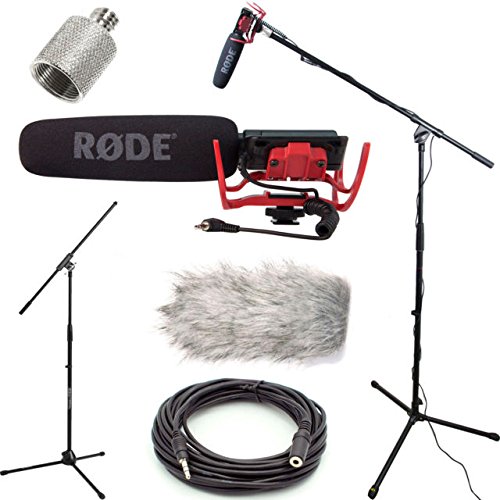Filmmaking 101
What Is Video Production?
Learning to Write, Shoot and Edit Your Documentary
What is video production? In it’s most basic form, video production consists of writing, shooting and editing. That’s it. It’s that simple.
You need a script to go by (or at least an outline). You need to shoot or otherwise produce images that move the script along and you have to edit those images together.
What Is Video Production: Writing The Script
You may think that producing a video documentary does not require a script. Sure, you can go out and shoot lots of footage and come back to the editing room and piece video clips together and create a coherent story. It’s a lot easier if you at least put together an outline of your film in advance. That outline is your script.
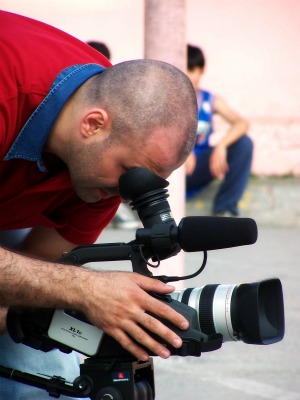
The process of pre-production and writing a script often begins with asking questions such as, “Who should I interview?” “Where and when am I going to film?” “What style of shooting will I use?” “What do I want the viewer to feel/do when the video is over?”
All of these elements play a role in the pre-production and writing process.
Part of what is intriguing about documentary film production is that so much of it is not scripted. You can’t force someone to say exactly what you want. If you do, you are now making commercials or movies.
Your research should lead you to understand that a particular interviewee may have suffered a great loss and you want to have them explain to you, in their own words, how that loss affected them and their family. You can get the essence of what you are looking for by asking the right questions during the interview. You can lead your subject in this way, but in the end, they will describe their situation in their own words. Having a “pre-shoot” script will allow you to get at the most relevant facts and stories that you need to present the bigger picture you are trying to convey.
What Is Video Production: Shooting
You’ve done your research. You know what questions to ask, and why. And you have a basic script outline that let’s you understand how your story will develop. You are now ready to start filming.
For many documentary makers, this is the fun part. This is where you get to go out in the field and experience the story you are telling. There are several points to consider during the shooting phase of production. One is consistency. You want to know in advance your “style” of shooting and stick with that. It can be distracting to the viewer if all the shots have a completely different look and feel.
You want the people you’re interviewing and working with to know that you have a plan. They will pick up on this.
With regard to your b-roll footage keep these simple words in mind; wide, medium and tight. Be sure to capture footage from a wide angle to provide context for the action.. Then take the time to shoot the same scene in a medium shot. And finally, don’t be afraid to get in close to the action. When you get to the editing process you will find that having these varying focal lengths will help to better emphasize the point you or your interview subject is making.
One final point about shooting your film; use a tripod whenever possible. Especially during interviews. Shaky video can be effective but only use it sparingly. Too much movement can disorient the viewer. Remember, you are not making a music video. You are telling a story.
Get your low-budget Documentary Gear Check List.
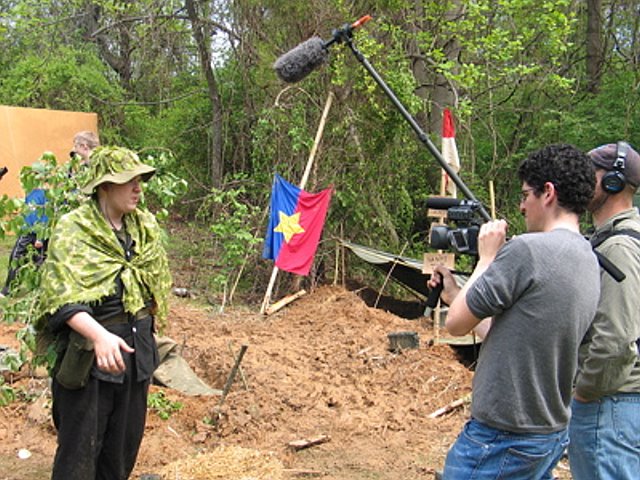
What Is Video Production: Editing
After you have gathered your footage, you must piece it together. Time now for the editing.
If you are working from a script, you are way ahead of the game. You already know what quotes will work and what b-roll footage can accompany the dialogue.
Be sure to show your subject on screen at least once so that your audience has a good understanding of who is talking. People like to associate a face with a voice. It helps to build trust and understanding. Your b-roll footage helps to set the stage. It should accompany what is being spoken. But it doesn’t have to be a direct comparison. If someone is talking about their lost dog, you don’t have to show the dog. You can show the neighborhood the dog was lost in. You can show people looking for the dog. You can also show flyers that have been spread out over town. All of these elements help the viewer see more than what is being spoken. It may not make sense to show a car race, however, if you are talking about a lost dog. No matter how awesome the footage of the race is.
One of the hardest parts of editing is leaving beloved shots and quotes out of your film. From a photographer’s perspective you may get very excited about a particular shot because you climbed a mountain for two hours to get it. But if the shot doesn’t help to move the story forward, leave it out. Again, this can be one of the more challenging aspects of editing. Which is why many editors of films are not the photographers as well. An editor doesn’t care how hard you worked to get a shot. An editor only cares about what is relevant to the story. If you are acting as a photographer and editor, take your photographer’s hat off as soon as you sit in front of your editing machine.
What Is Video Production: Summary
As we said at the beginning, there are a lot of details within each of these three main points. But the basics of video production is as simple as write, shoot, edit. After you have mastered the basics and understand why and how these simple techniques are valued, you will begin to advance your own style. You may choose to shoot without a tripod but you will understand and will be able to explain why you took this approach.
Reading about film production is great. But what’s even better is doing it. Go! Write! Shoot! Edit!
We hope that answered your question "What is video production".
Get Free Monthly Documentary Tips
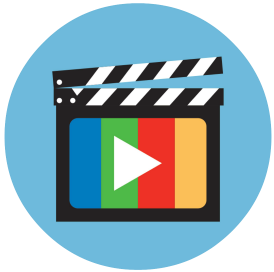 FREE Documentary Tips Sign up and get free weekly documentary tips on storytelling, gear, legal issues, funding sources, distribution and much more. Enter your email below and get started on your documentary adventure today! |

Free Documentary Tips
Sign up and get free weekly documentary tips on storytelling, gear, legal issues, funding sources, distribution and much more.
Enter your email below and get started on your documentary adventure today!
Related Articles
- History of Documentaries
- What is a Producer?
- What is a Documentary?
- Analyzing Award-Winning Documentaries. What Makes Them Great?
- Interview with Documentary Filmmaker Gail Freedman
Ready To Make Your Dream Documentary?
Sign up for our exclusive 7-day crash course and learn step-by-step how to make a documentary from idea to completed movie!









